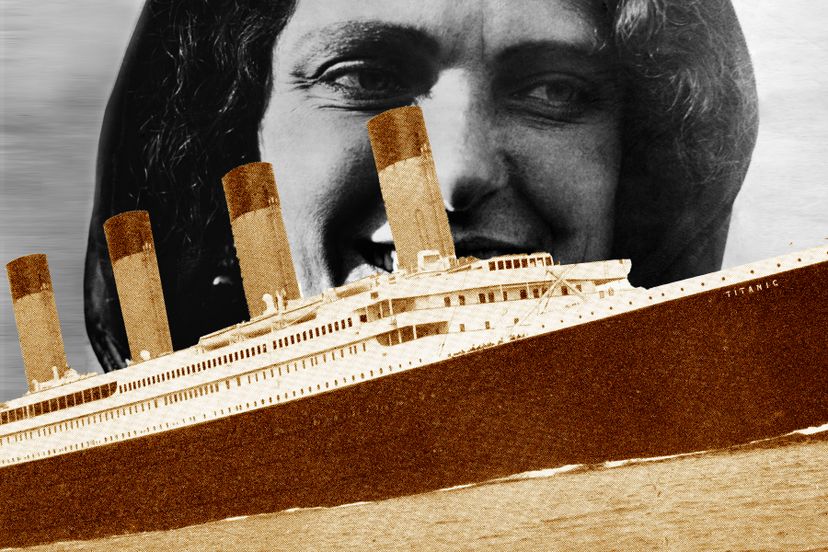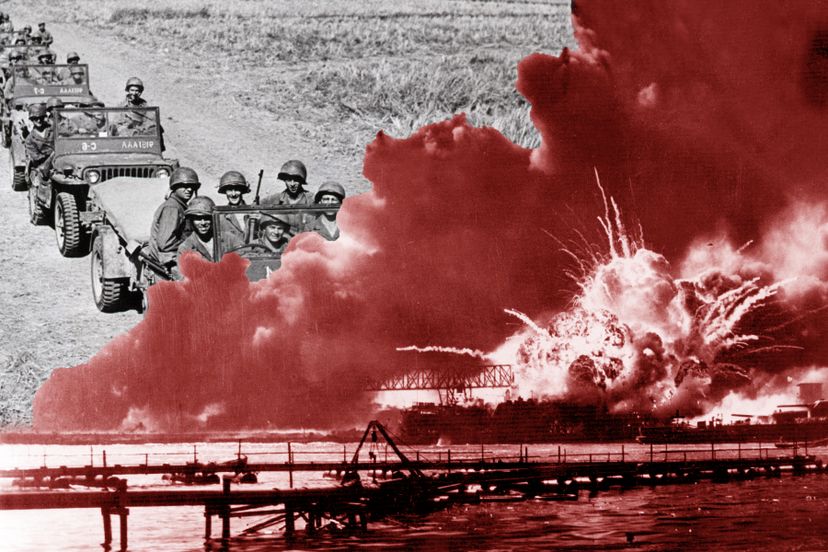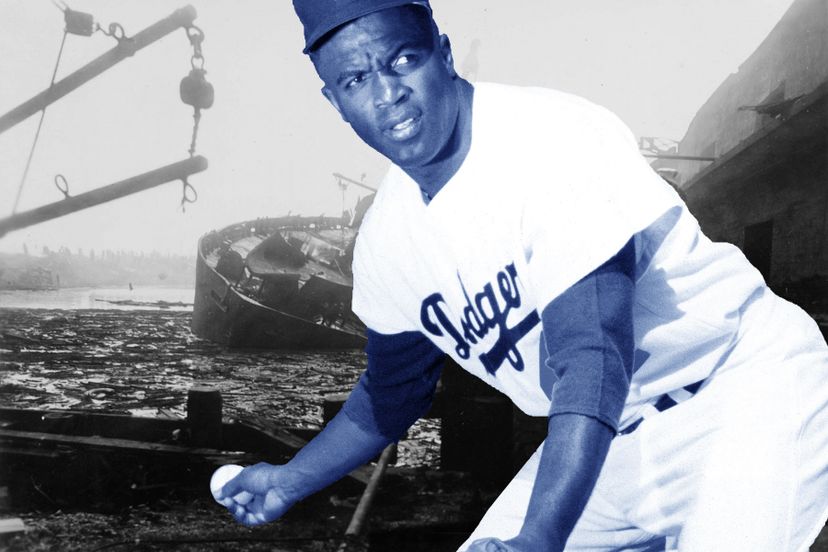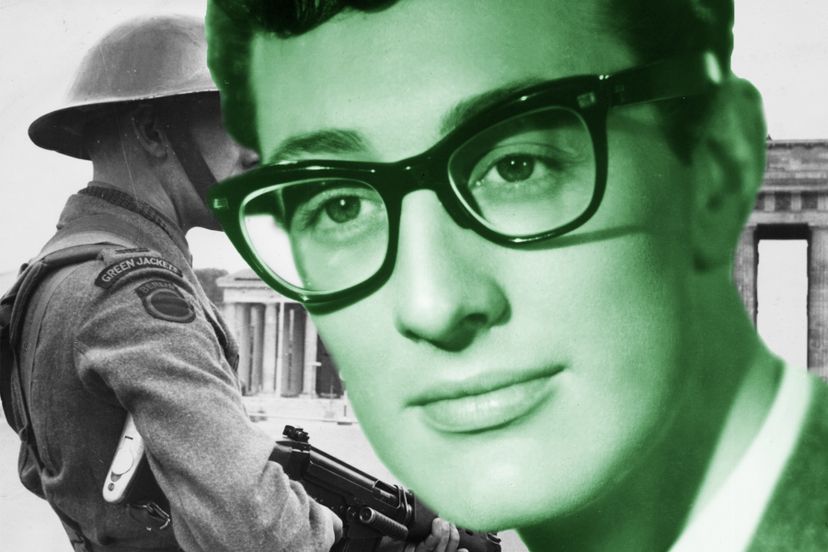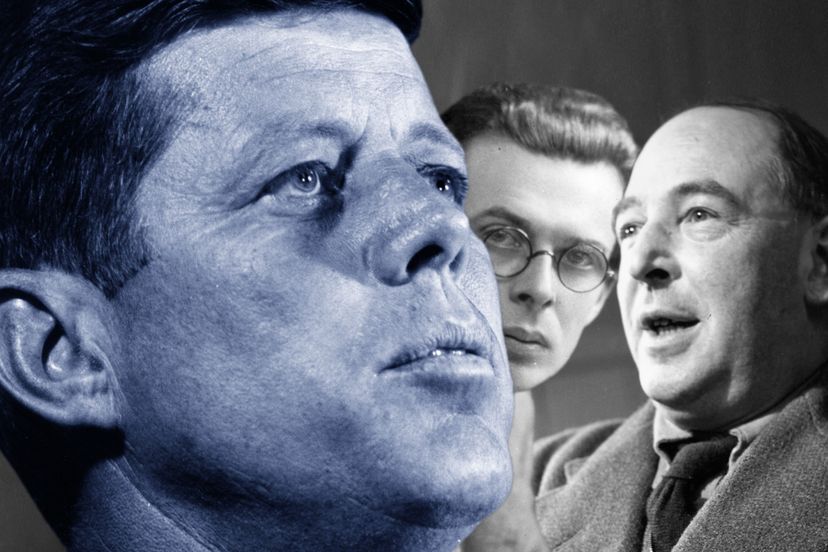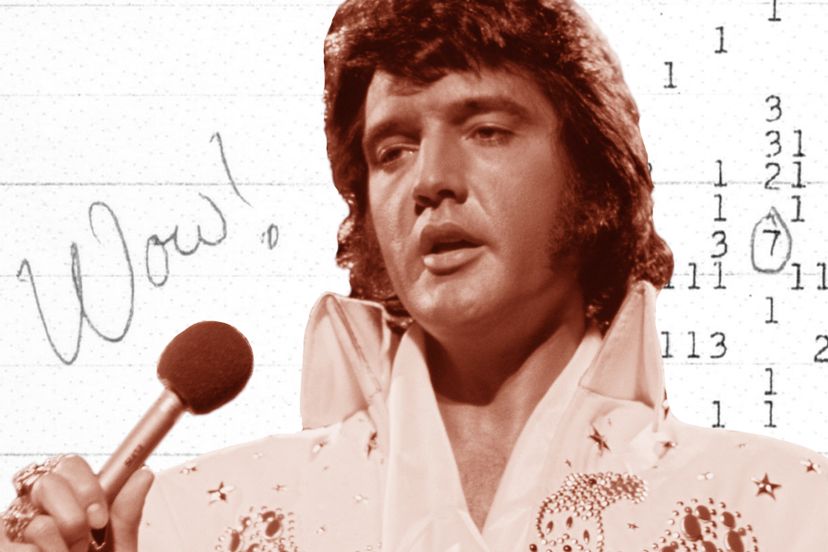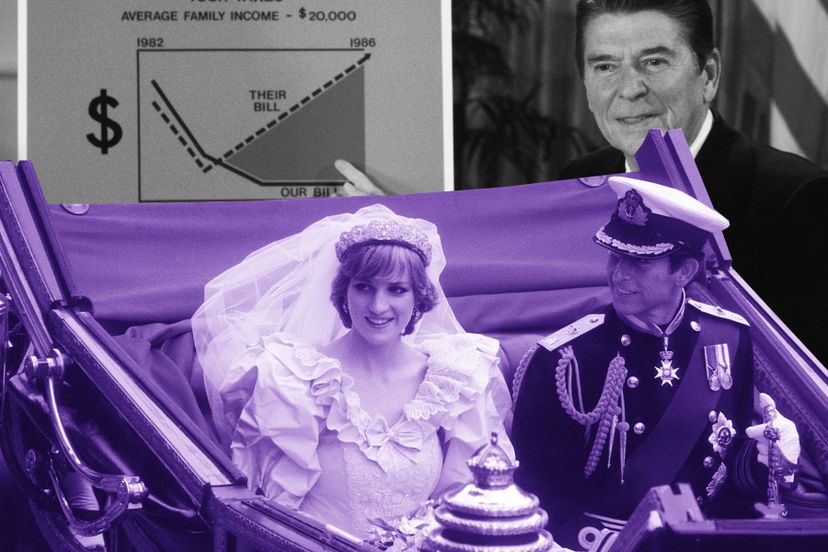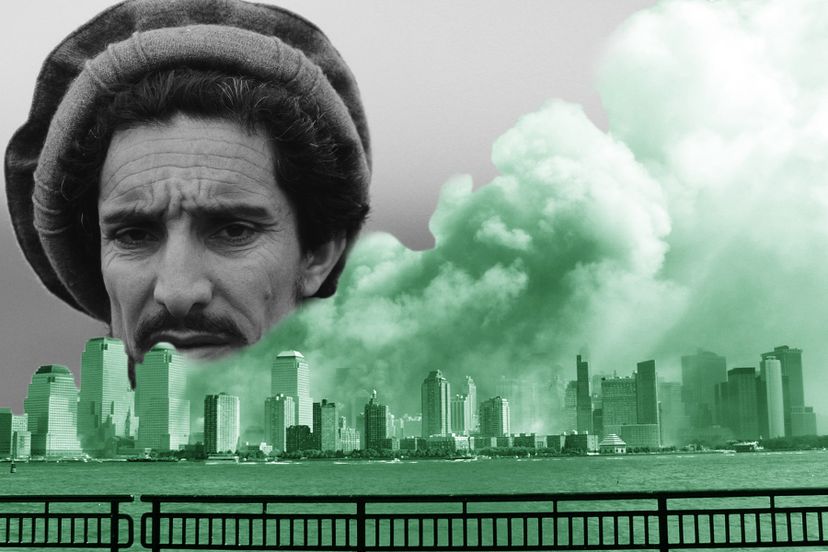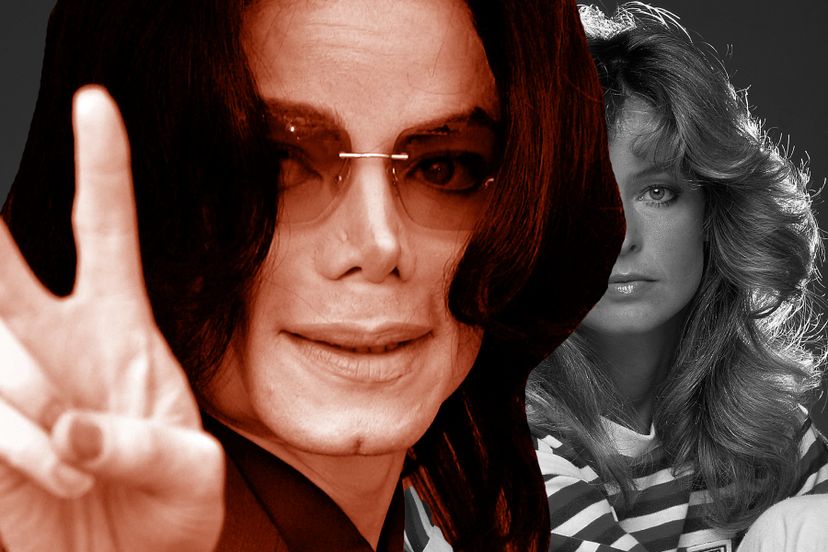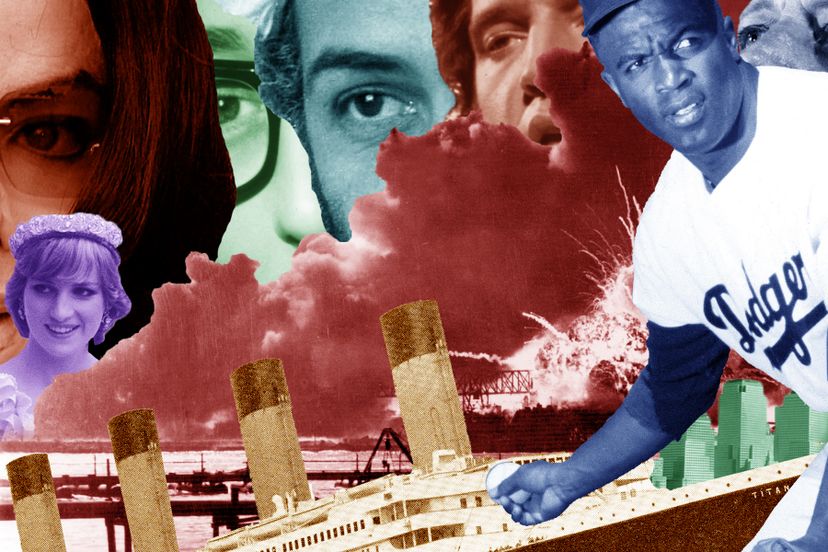
On a normal news day, a record-setting female aviator, a terrifying explosion at an industrial plant or the death of a sexy TV icon probably would grab a lot of headlines. Not to mention the discovery of a signal from space that might possibly come from an extraterrestrial civilization.
Yet, when all of these events happened, they got amazingly little coverage from the media and even less attention from the public. It was almost as if they didn't even happen.
Advertisement
Why did all of these events go so unnoticed? Because they had the bad luck to occur either on the same day or around the same time as some even-bigger, more spectacular happenings. Like the sinking of a supposedly unsinkable ocean liner or a much-awaited royal wedding. Whether we're talking about the front pages of old newspapers or trends on Twitter, humans seem to have a limited capacity to focus upon multiple events at once.
Without further ado, here are headline-making 10 events that were overshadowed by even bigger happenings.
